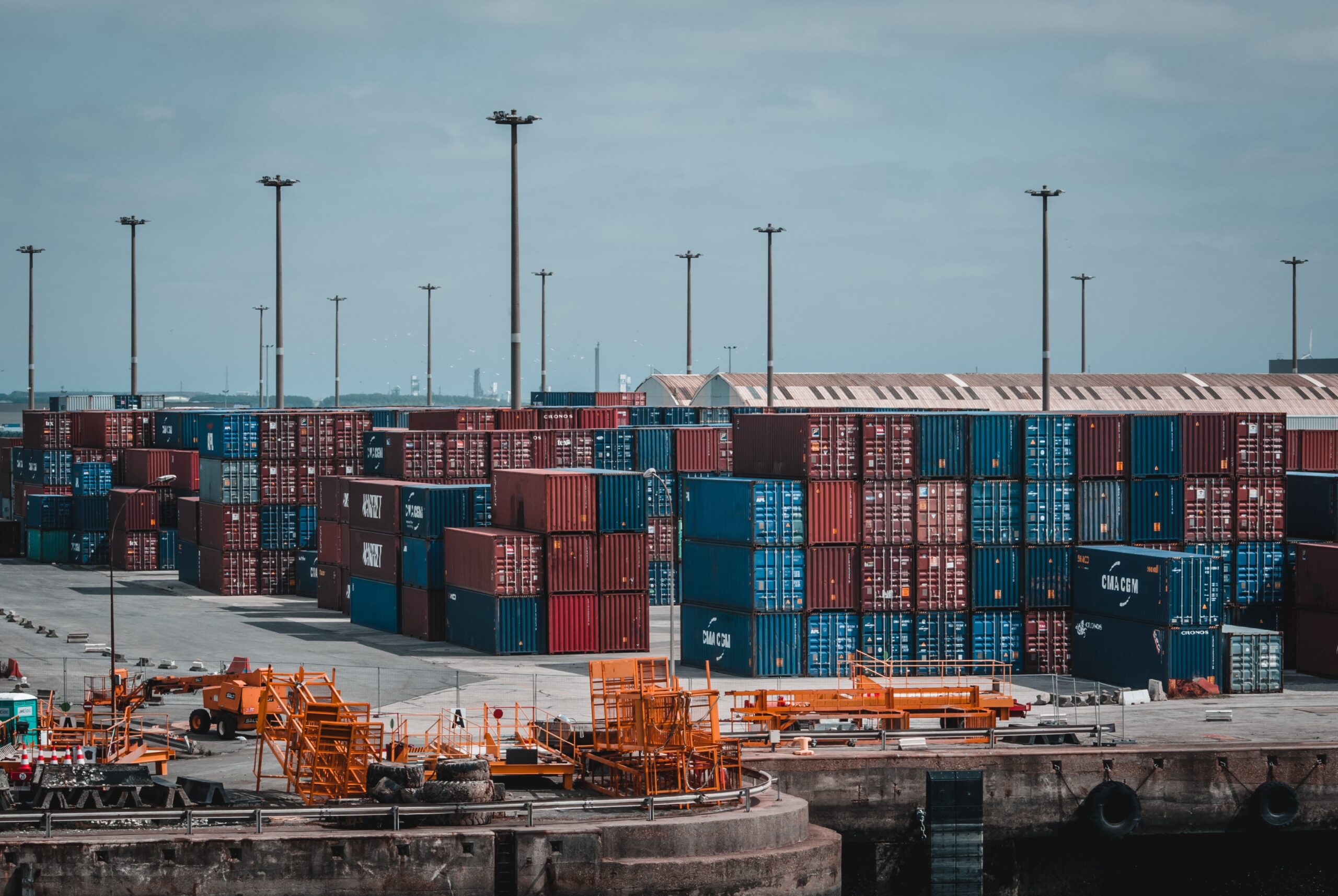When it comes to shipping, you cannot rely on only one form of transport. The use of different modes of transportation makes the shipping process much simpler and easier.
Intermodal transport contains the shipping of goods using different transportation techniques and methods. For instance, cargo can be transported through the sea, move to road and finally road. The constant in intermodal shipping is the use of containers as a way of transporting the cargo safely.

Benefits of intermodal transport
There are several benefits of intermodal transport:
• Cost friendly
Intermodal transport is cost-friendly as it aims to incorporate different shipping methods to help the cargo arrive at its intended destination. For instance, only having to rely on one set of transportation can be costly and give you a headache. Intermodal methods aim to ensure that the cargo moves efficiently and swiftly.
• Large cargo
Large cargo can be moved around given the size of the container. This ensures complete privacy from the country of origin to the country of destination. Therefore, the cargo can reach the destination promptly and take her over.
• Safety
The cargo transported is usually transported by the containers, therefore allowing the goods to have less contact with the movers. Therefore, the goods remain in safe custody until they reach their destination. Containers are highly impenetrable hence revoking any chances of theft.
• Capacity building
Intermodal transport allows for huge shipments to be made. Therefore, most companies prefer this mode of transport to any other as it is cost-effective and allows them to move huge batches of cargo around. There is therefore increased capacity as companies ensure they fill up their containers with additional cargo.
• Upgrade in standards
There are several upgrade standards in intermodal transport as it offers convenience and fast delivery to potential clients. This has seen this transport system bear the brunt of developing advancements that aim to make it a top priority in a cargo shipment. For instance, trade routes are expanding all around the globe to accommodate the use of intermodal transport.
• Eco-friendly options
Intermodal transport is extremely eco-friendly as the incorporation of various modes of transport systems minimizes the impact of the carbon footprint thus lessening the environmental damage.
• Technological advancement
The advancement in technology has also made intermodal transport escalate to greater heights. For example, technology has seen the transport system much more traceable and efficient in pining cargo from one point to another. Therefore, the client can keep up with the change in transportation methods and is also advised on the exact moment and time that the cargo will arrive.
Technological advancement has enabled intermodal transport to be easily traceable thus records of goods and their location being more accessible to the transportation staff, reducing the time taken to search for individual products.
The expansion to different trade routes has also expanded the intermodal transport system to branch to various locations that were not earlier possible. Therefore, depending on the time, space, form, and pattern of networking, intermodal transport uses different transportationtechniques or vehicles to connect to as many clients as possible through the route chosen.
Intermodal system and the market
The intermodal system is changing to make the intermodal system impenetrable and efficient enough to be reliable and easily available in the market.
As a result, the international trade market has sought to expand and incorporate the intermodal system into the major transport networks. Introducing modules such as tank and cargo transportation makes it easier to have access to the varied intermodal systems that ensure goods are transported seamlessly and efficiently across continents.
The rise of economic growth has also facilitated the growth of intermodal transport. For instance, the rise of different logistical markets has seen an influx of intermodal transport and demand in different areas.
Types of Intermodal Transport
Logistics managers have several options at their disposal to ensure their clients receive goods faster and in a manner that would least inconvenience them. Truckload versus Rail becomes a major area of concern, especially in areas where both modes are present.
In this regard, two main types of Intermodal transport emerge. These are Container on Flatcar (COFC) or Trailer on Flatcar (TOFC). Despite the prominence of the Trailer on Flatcar model, due in part to its versatility, the Container on Flatcar is more cost-efficient since more than one container can fit in the same Flatcar.
Efficiency comparison between Intermodal and Truckload OTR
The main competitor to intermodal transport is Truckload OTR, whereby the truck is filled with the goods for transportation. Intermodal is cheaper than Truckload OTR, especially in situations where the freight lanes are optimized for faster transfer of goods. Normally, one should expect savings of up to 15% when using intermodal transport as compared to Truckload OTR.
When it comes to shorter distances, most clients prefer truckload since any benefits accruing from using rails as part of the intermodal transport would cease. Intermodal is best for long distances, over 700 miles since the economies of scale would justify the use of intermodal transfer from road to rail.
Normally, the end-stage is road transport and if the largest portion is rail as compared to road, then the benefits increase immensely. A single rail car can carry a stack of containers as compared to a truckload which carries significantly less.
Overall, when it comes to loading transportation, the value of goods becomes a central area of concern. Intermodal transport is best for high-value goods since there are far fewer avenues for rest. A railway wagon won’t deviate from the railway as its arrival and departures are highly regulated. However, trucks can deviate to other areas outside their geographical jurisdictions and this presents a security concern. In essence, there are many areas whereby truckload OTR and intermodal compare favorably and a clear distinction is difficult to ascertain. Still, Intermodal combines the best of truckload and railroad transportation, and thereby clients can remain to rest assured that their goods will arrive as intended.